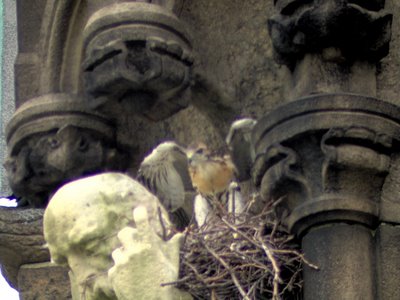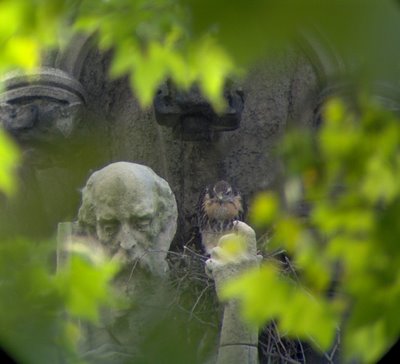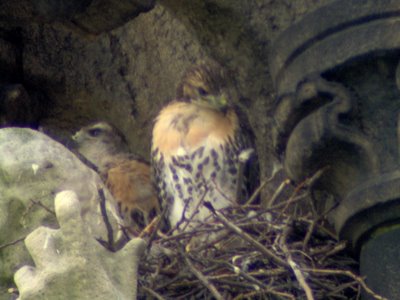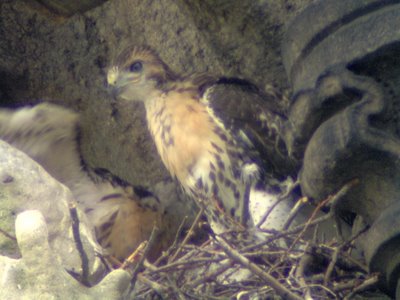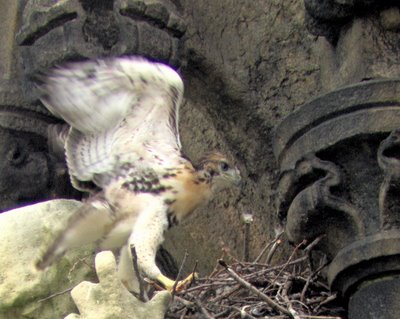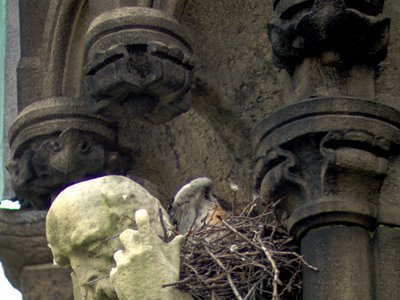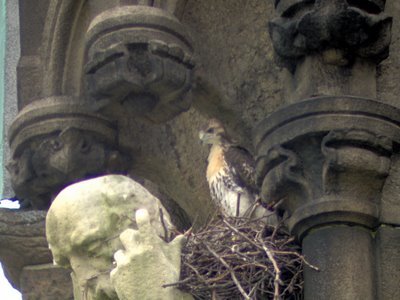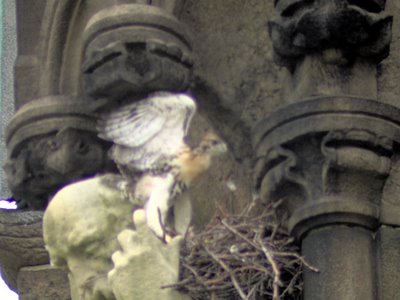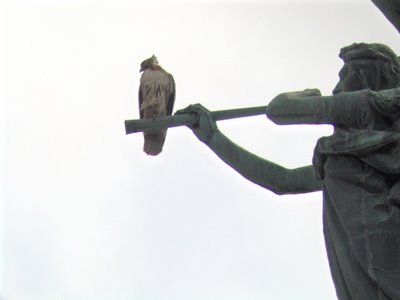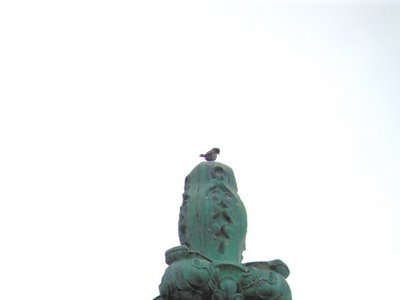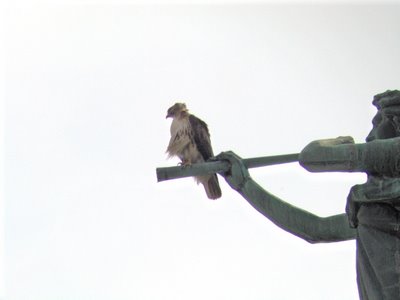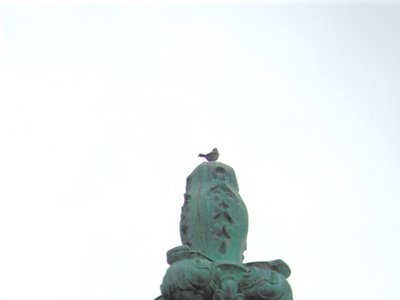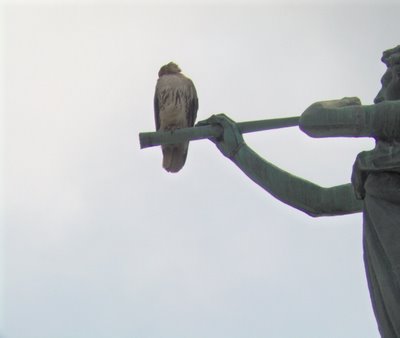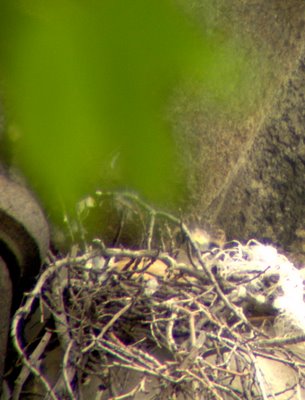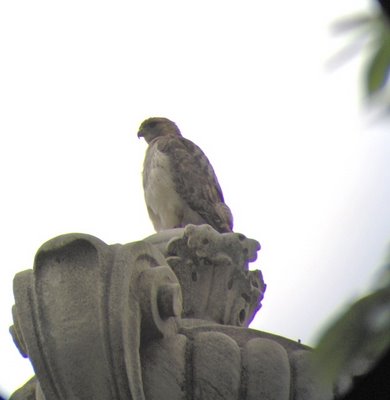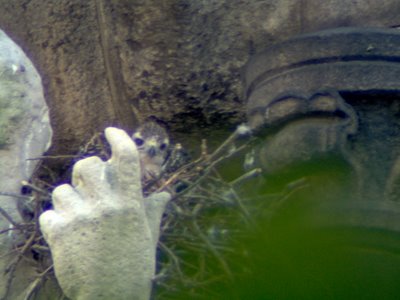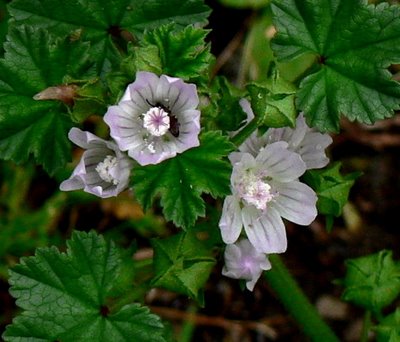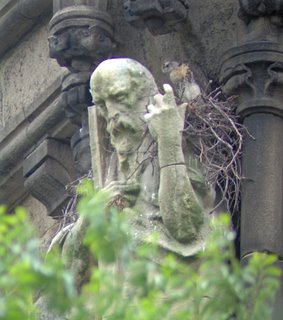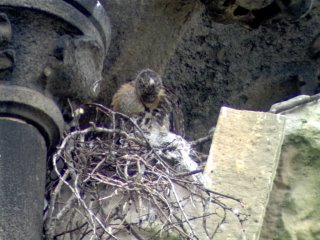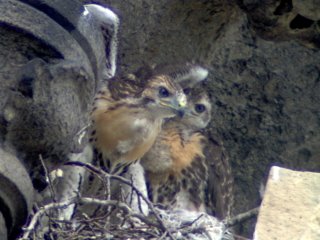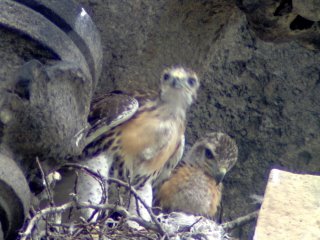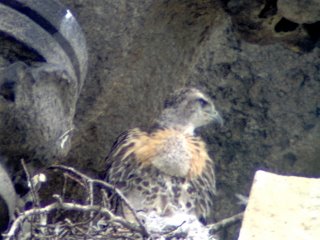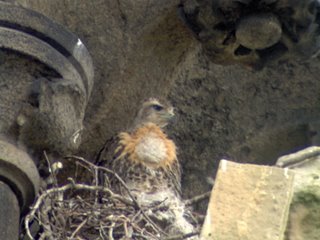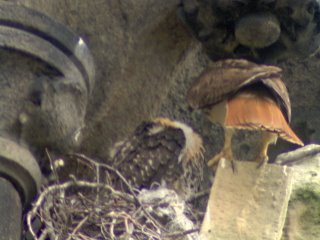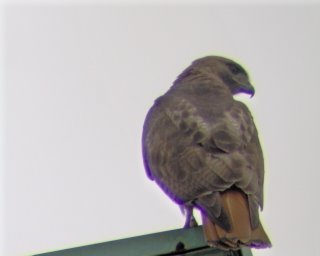
PHOTO BY ELEANOR TAUBER
COMING SOON- CENTRAL PARK TURTLE NESTS









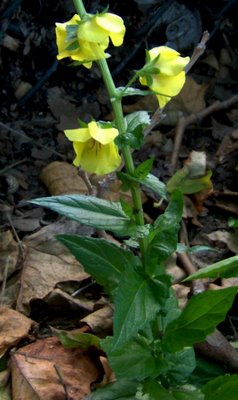
It has been a while. But then again, this is one of those sturdy native plants that one sees often enough growing in roadsides, in fields, in disurbed earth in parts of the country where plants have leave to do what comes natural, that one might remember. But I've never seen it in Manhattan merrily growing on it's own. A part of some horticultural native plant display, if then.
Perhaps some Manhattanite, with a packet of "wildflower" seeds, a few seasons back is the cause.
It's possible.
And this is a plant whose seeds are dearly loved by birds. And birds can fly from a long way away, where they had eaten their fill of Evening Primrose seed and then stopped for a rest in St. John's rose bushes. And perhaps one of the those previously eaten seeds made it all the way through the system without being pulverized. And what does a bird often do just before it takes flight?
It's possible.
But I'd rather think that this yellow adventurer, out to start it's own colony of hardy adventurous plants, is the product of a long line of local primroses that have grown on Cathedral Hill for millennia upon millennia. And in the bad times of monocultured lawns, flower beds, herbicides, and weekly lawn mowing, that these plants with the sturdy taproot, whose yellow blossoms do not open until the evening, knew how to wait and bided their time.
And why not? What with the crafty adaptations and the arrival of the amazing Urban Red-tailed Hawks, why not a bid from the botanical world on the part of the amazing Urban Evening Primroses?
Why not indeed.
